Gardening doesn’t have to be expensive – especially if you are strategic and patient. That means taking the time to think ahead and plant seeds in the fall to enjoy next spring. I’ve calculated that for less than twenty dollars, you can have a garden full of these five beautiful plants (Cheap and chic gardening at its best!).
All you have to do is buy the seeds. A seed packet is generally less than $4 and contains at least fifty seeds. I selected varieties that you can sow directly outside, straight into the dirt, right now (and by right now, I mean in the Fall). These plants all like this kind of autumnal drop-and-go treatment. They will easily survive the winter and will grow in the spring at the earliest, most optimal time. This sort of seed planting is so easy and brings a huge reward.
Autumn Seeds – 5 Native Plants to Sow Now (in the Fall!) that will be beautiful next Summer
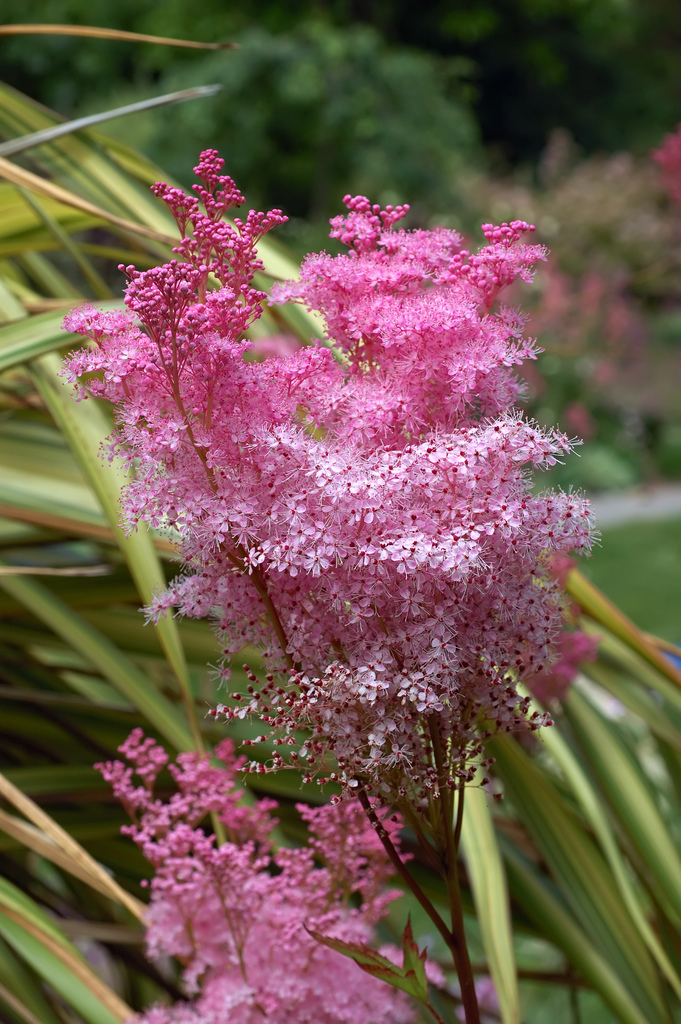
1) Filipendula rubra – (Queen of the prairie).
These huge plants are taller than me with fluffy pink flower heads that will wow any gardener.
Start by selecting a location in your garden that receives ample sunlight or partial shade and features consistently moist soil. Filipendula rubra seeds need light to germinate, so surface sow (i.e., don’t bury them – just scatter about an inch between seeds).
Sow the Queen of the Prairie seeds in the late fall, as they benefit from a period of cold stratification for successful germination. Prepare the soil by removing any debris and creating a smooth, fine seedbed. Sprinkle the seeds evenly on the soil’s surface, gently pressing them down or lightly raking them in, ensuring good seed-to-soil contact.
Keep the soil consistently moist but not waterlogged throughout the germination process, which typically takes several weeks to a few months. As the seedlings grow large enough to handle, thin them to the desired spacing, usually around 2-3 feet apart, allowing ample room for their mature size. Without thinning, they tend to produce thick clumps.
Also, if your soil is very acidic, you may have to adjust the pH (they prefer Alkaline soils).
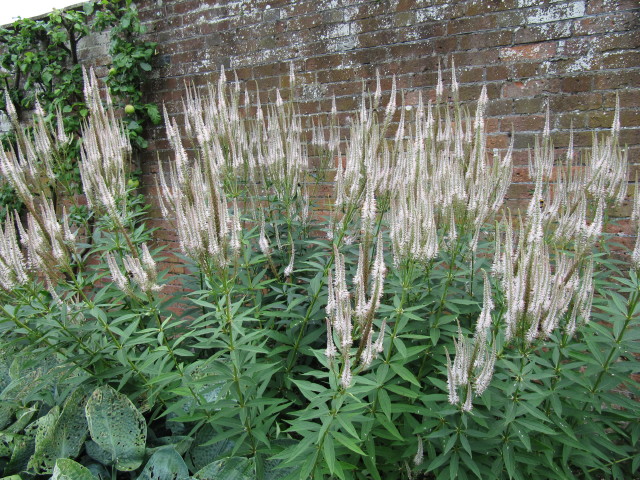
2) Veronicastrum virginicum – (Culvers Root)
Like Filipendula – this will also be best at the back or middle of a border due to its tall height. The seeds are very small and can be sown directly in the autumn.
Planting Culver’s Root (Veronicastrum virginicum) seeds is a straightforward process that can yield beautiful results. Start by selecting a suitable location in your garden that receives partial to full sun. Prepare the soil by ensuring it is well-draining and has good organic content.
Sow the Culver’s Root seeds in either late fall. By planting in the fall, the seeds will naturally stratify during the winter months. Scatter the seeds evenly across the prepared soil, then gently press them into the soil’s surface, ensuring good seed-to-soil contact.
Keep the soil consistently moist but not waterlogged. Germination typically occurs within 2-4 weeks, but it can take longer, so be patient. Once the seedlings have grown large enough to handle, thin them to the desired spacing, usually about 18-24 inches apart, to give them room to thrive.
Culver’s Root is a hardy perennial, and once established, it will reward you with tall, elegant spikes of flowers in the summer.
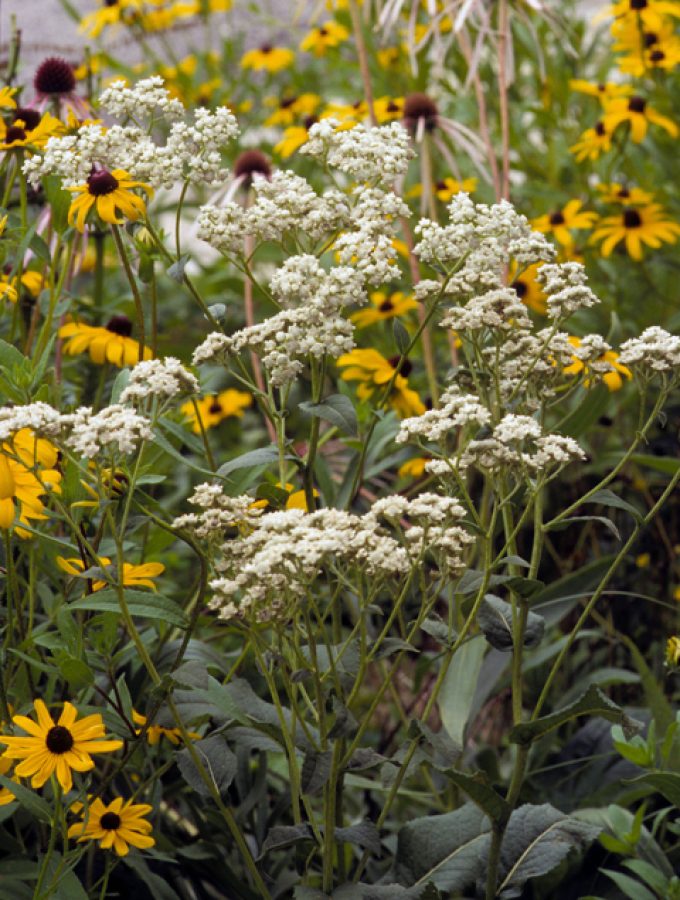
3) Parthenium integrifolium (Wild Quinine)
Also known as feverfew and in the aster family, this plant has a dense flower head that can resemble cauliflower as well as pearls (from a distance). It prefers full sun and will bloom from June to September.
Planting Parthenium integrifolium from seed is a straightforward process. Choose a suitable location in your garden that receives full to partial sun, and ensure the soil is well-draining.
Sow the Wild Quinine seeds directly in your garden bed. Scatter the seeds evenly over the soil’s surface and press them lightly into the soil or cover them with a thin layer of fine soil. Keep the soil consistently moist, but avoid overwatering.
Germination typically occurs within a few weeks to a couple of months. Once the seedlings have developed a few true leaves and are large enough to handle, thin them to provide adequate spacing, usually around 12-18 inches apart.
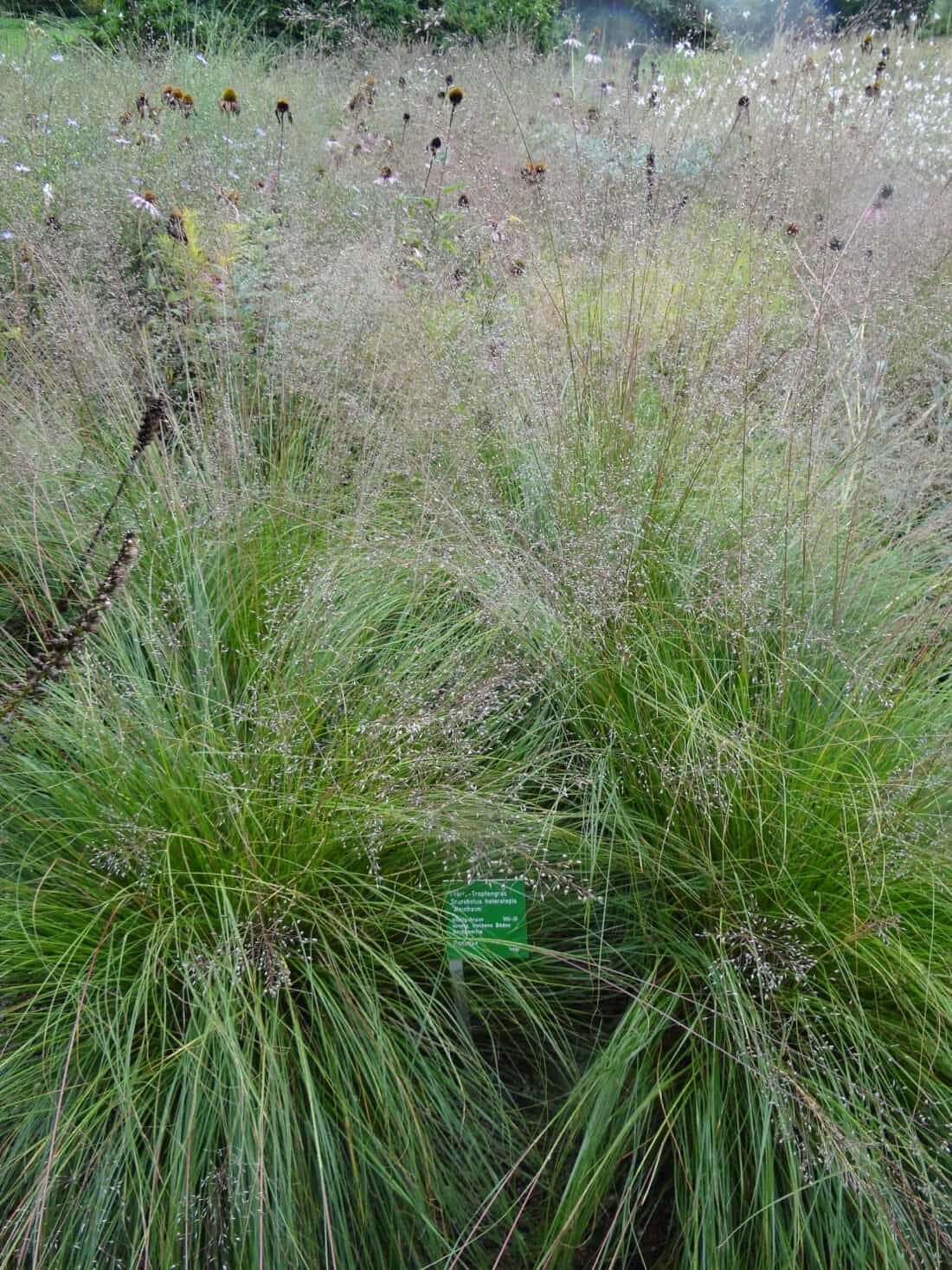
4) Sporobolus heterolepsis (Prairie Dropseed)
This plant takes a couple of years to look like the picture, but it is a worthwhile plant to try if you are interested in something that is elegant and low maintenance. It looks great as a border as well as en masse. It is native to most of North America, and it excels in hot, dry areas.
Planting Sporobolus heterolepsis, commonly known as Prairie Dropseed, from seed is a wonderful way to introduce this native grass to your landscape. Begin by selecting a sunny location in your garden with well-draining soil.
In the early spring or late fall, scatter Prairie Dropseed seeds evenly over the soil’s surface. Lightly press them into the soil or cover them with a thin layer of fine soil. Keep the soil consistently moist, but avoid overwatering.
Germination typically occurs in a few weeks to a couple of months. Once the seedlings have grown large enough to handle, thin them to provide adequate spacing. Good Prairie dropseed spacing is usually around 12-18 inches apart. This allows each plant to establish itself and showcase its graceful, arching foliage.
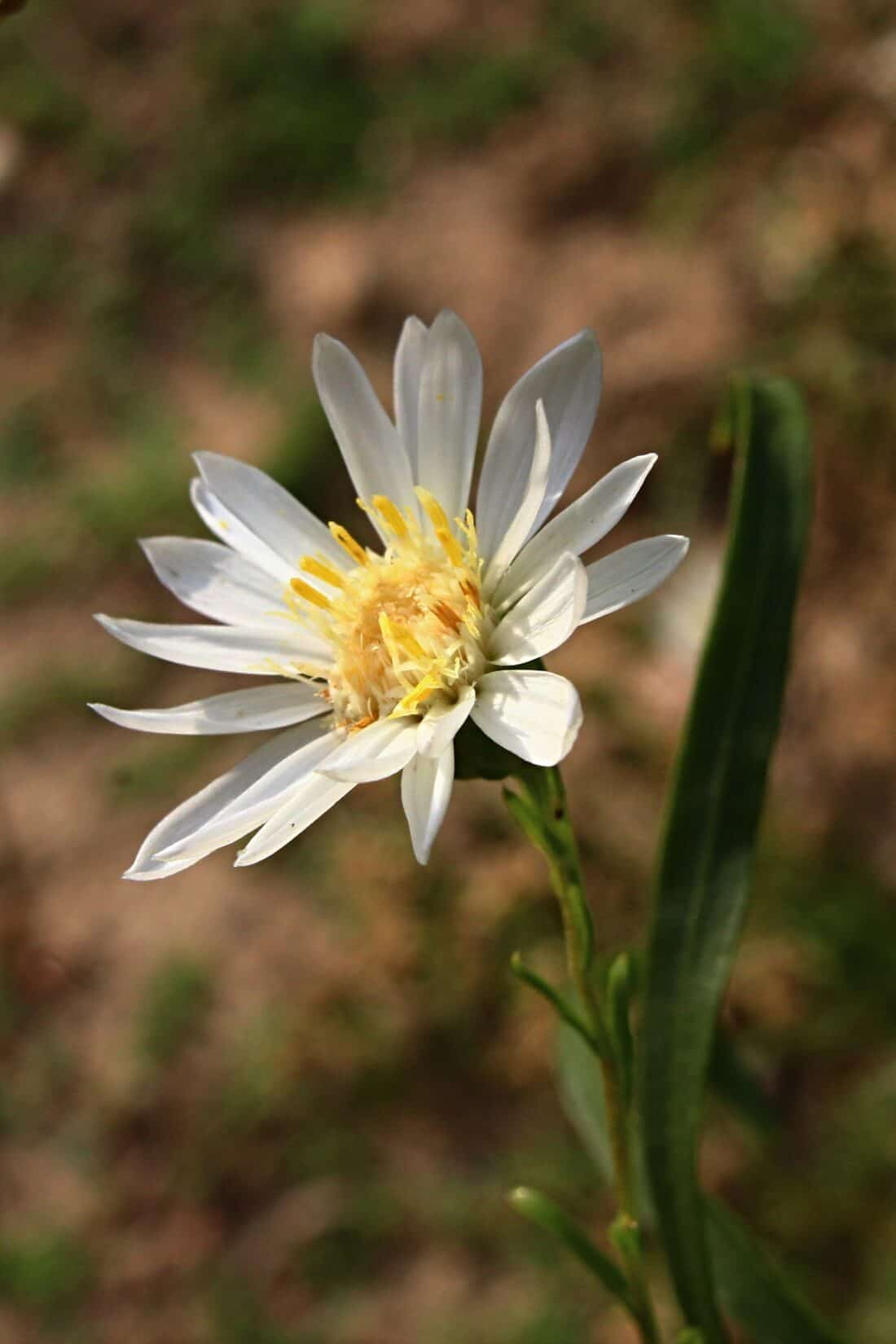
5) Aster ptarmicoides (Upland White Aster)
Also known as a white golden rod, this aster happily grows on dry sandy soil and is a beautiful addition to floral arrangements. Planting is exactly the same as the Praire Dropseed (above), including spacing. In fact – they make a great native plant combination.
Plant Finder for Seeds to Plant in the Fall:
Seeds for Filipendula Rubra and Veronicastrum virginicum – (Culvers Root) and Parthenium integrifolium (Wild Quinine), Prairie Dropseed, and Upland White Asters are all available from Prairie Moon.
Additionally, some plants can be found at Prairie Nursery, Hoffman Nursery and Seed Corner.
Read Also:
My Green Passion’s Austrian Autumn Garden
Fall Blooming Bulbs – 3 Ideas for Exciting Autumn Plant Pairings
Oh these look lovely! This is exactly the kind of information I need to get started on my garden!